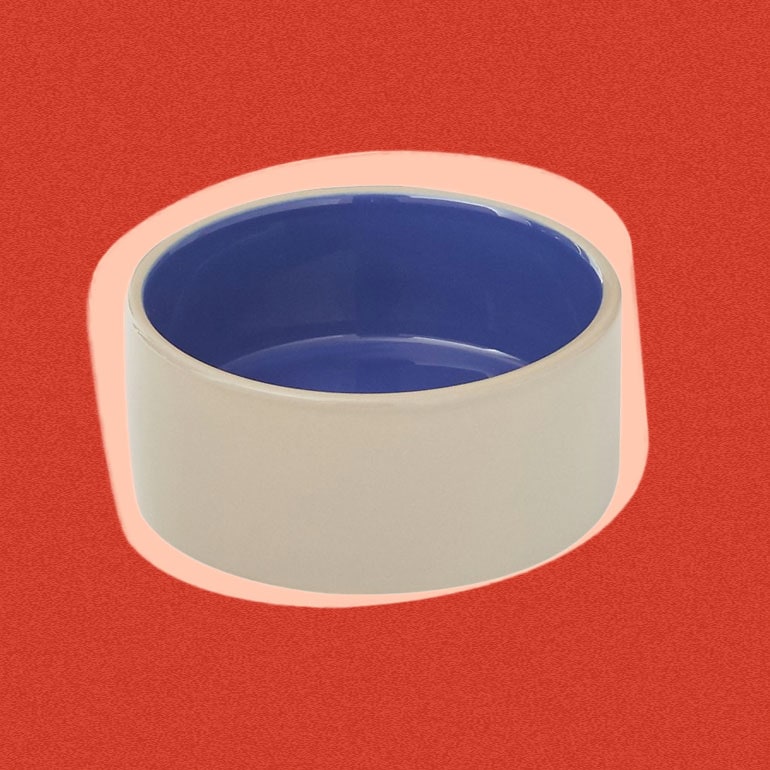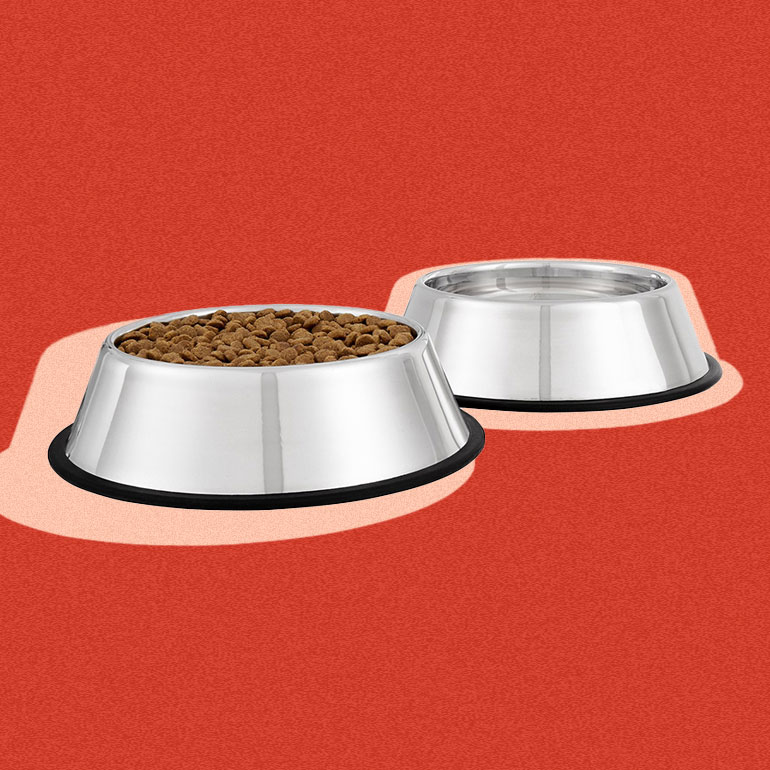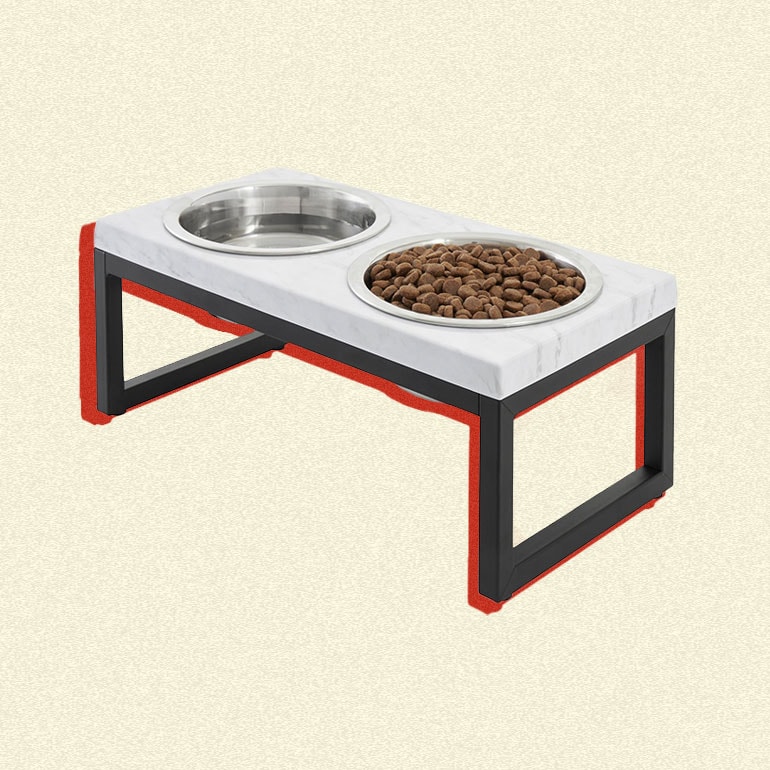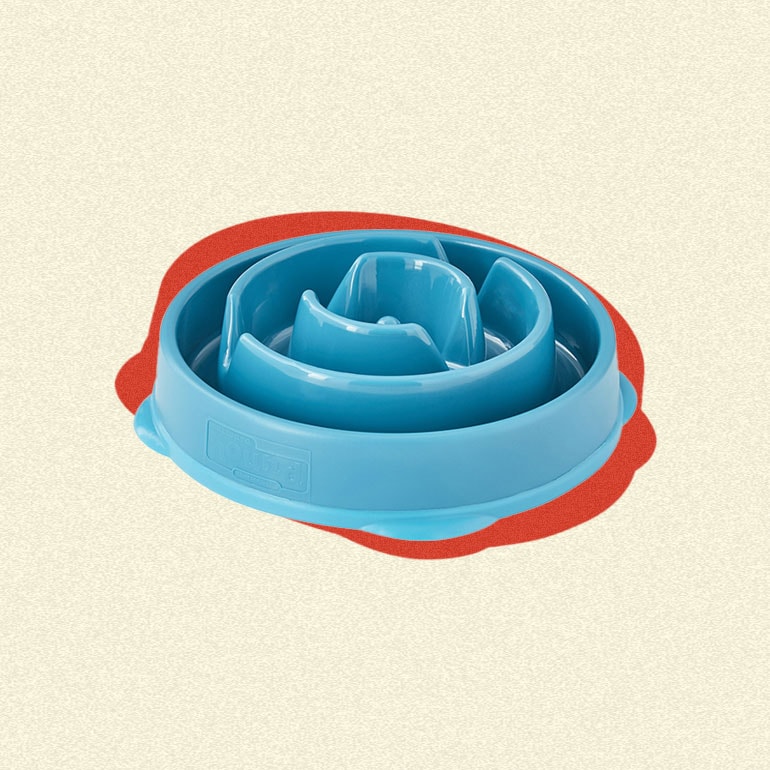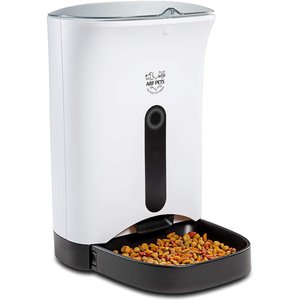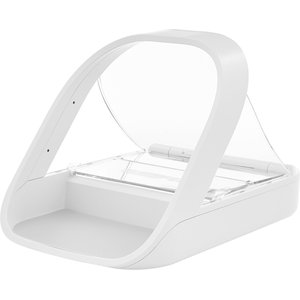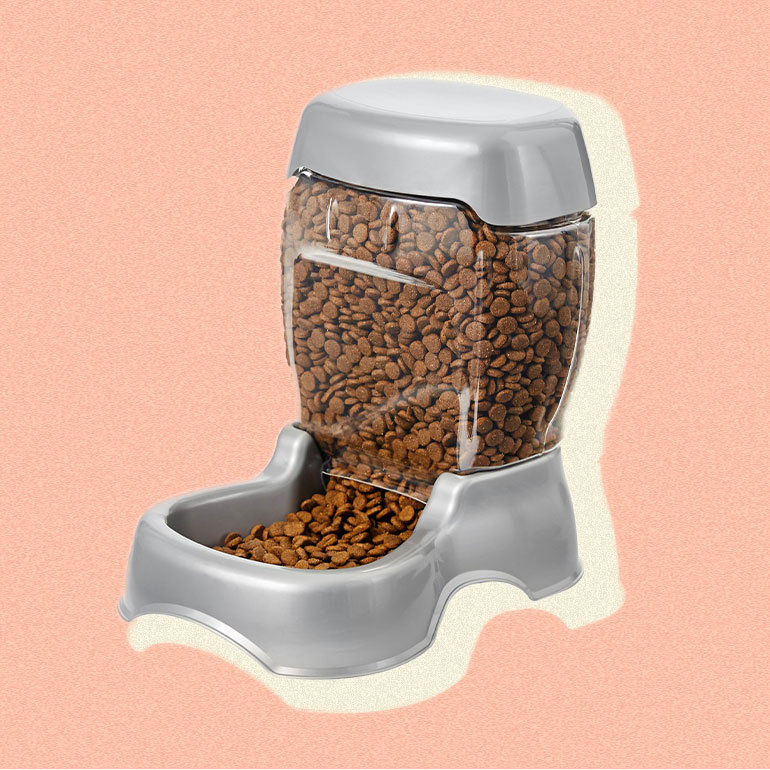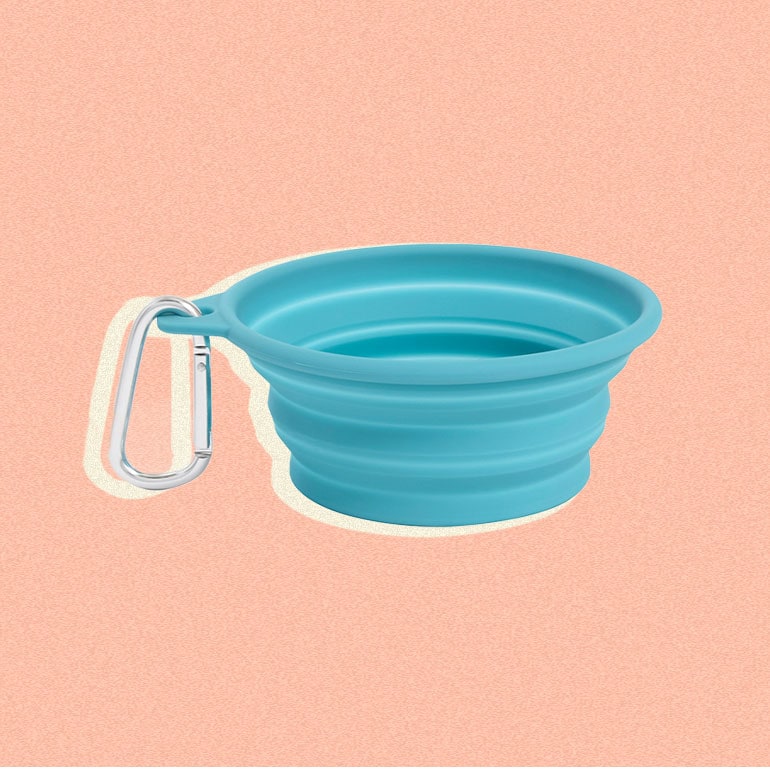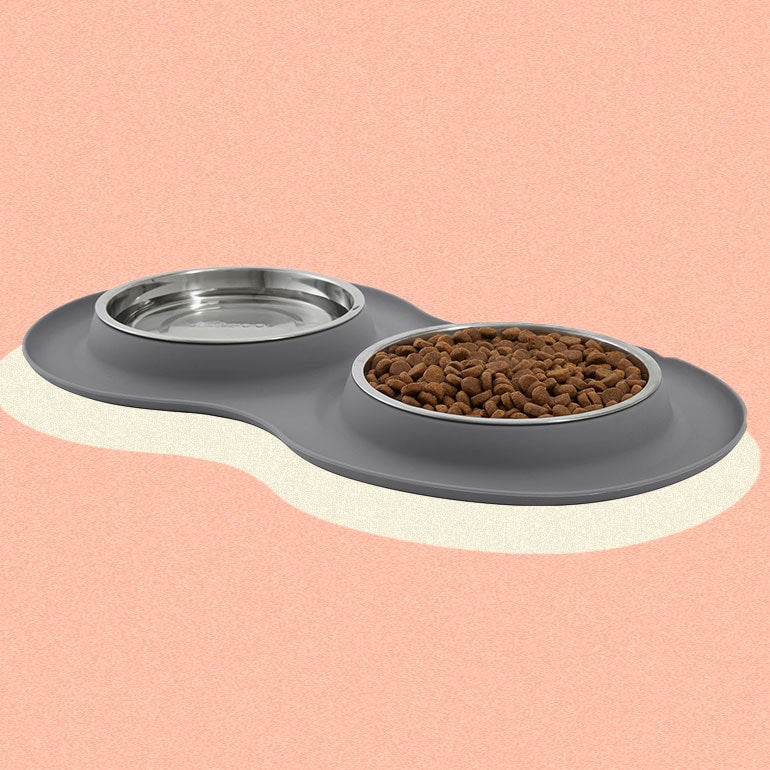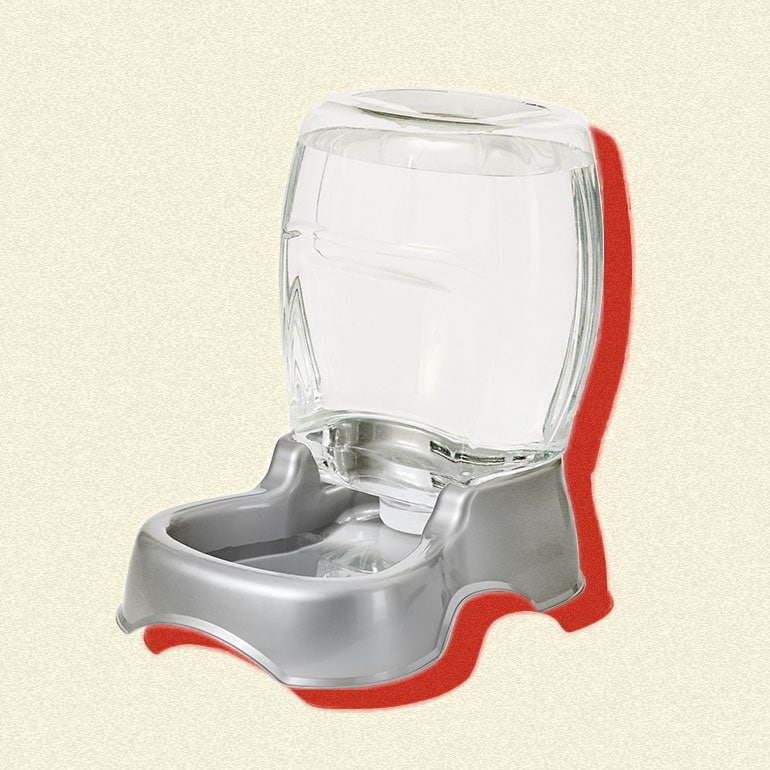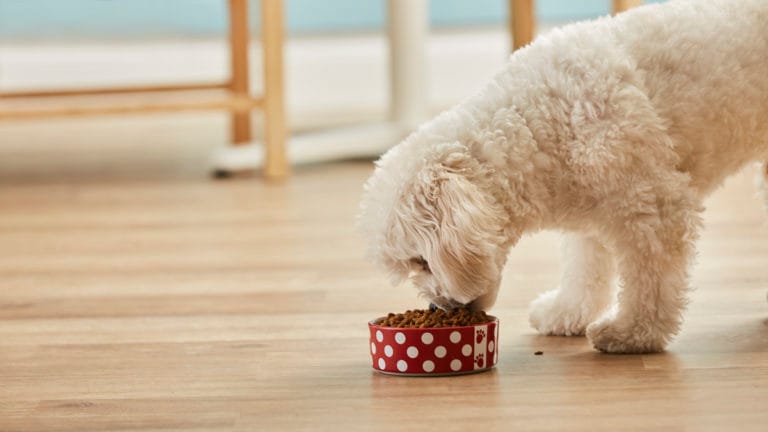Most responsible pet parents understand the importance of choosing the right dog food for their pooch. But have you ever really considered what you put the dog food and water in? Your immediate thought may be that it’s not a big deal, but Dr. Tyson Grover, a veterinarian at Friendly Vet in Lisle, Illinois, shares that there are actually several factors to consider when shopping for the best dog bowls and feeders, and not every bowl is a good choice for every dog.
We’ve rounded up a variety of dog bowls, feeders and water fountains to help you find the right one for your pet.
What to Consider Before Buying Dog Bowls and Feeders
Before you make any purchases, there are some things to keep in mind. Here are questions Dr. Grover recommends thinking about before choosing a dog bowl or feeder.
- How much space do you have? If you have the space, Dr. Grover advises getting a bowl much larger than you think you need. “It slows the pet down so they don’t gorge themselves,” he explains. “When the food is spread out flat on the bottom of the bowl, it helps them pace themselves.”
- How often do you feed your dog? If you’re feeding your dog several times a day, an automatic feeder could be a good option because it lets you time out all of your pet’s meals. According to Dr. Grover, many dogs can benefit from smaller, more frequent meals. Puppies should be fed smaller meals 3-5 times a day, to help them regulate their blood sugar. After 4 months of age, most dogs do well with two meals a day, but smaller, more frequent feedings can also help overweight dogs.
- How often can you wash your dog’s bowls? Choosing bowls that are dishwasher-safe can ensure your dog’s bowls are getting clean as often as is necessary. Even when they look like they’ve been licked clean, harmful bacteria can grow in your pet’s food and water dishes. Dr. Grover says it’s ideal to wash them daily, or at least every couple days. However, he emphasizes, “If you feed your dog raw food, you absolutely must wash their dishes twice a day.” In this case, it may be easier to hand-wash your dog’s bowls, allowing you to choose from nearly any material and style. Get more tips on how to clean your dog's bowl.
- What’s your dog’s energy level? Dr. Grover says if you have a breed that’s more energetic, you may want to look into puzzle bowls for dogs. He explains that they can help stimulate dogs who need more exercise.
- Where will you place your bowls? Because most pet parents put the bowls on slick tile or hardwood flooring, Dr. Grover recommends placing them on a mat. He explains, “All dogs, but especially older dogs, can lose their footing on slippery floors. The traction that a mat provides makes it easier for them to eat, and also gives them a place to lie down while they’re eating, which some dogs like to do.” In addition, if splashing is a concern, you may want to buy dog bowls or feeders that have a built-in placemat. If you’re worried about your dog bowls sliding around, look for something that has a non-skid base.
Now that you have your and your dog’s unique needs in mind, it’s time to get shopping! Here are the main types of dog bowls and feeders, and which dogs they’re a good fit for.
Types of Dog Bowls and Feeders
Basic Bowls
Stainless Steel Dog Bowls
Elevated Dog Bowls
Slow Feeder Dog Bowls
Automatic Feeders
Gravity Feeders
Travel Bowls
Personalized Dog Bowls
Double Bowls
Dog Water Dispensers
Water Fountains
Share:

